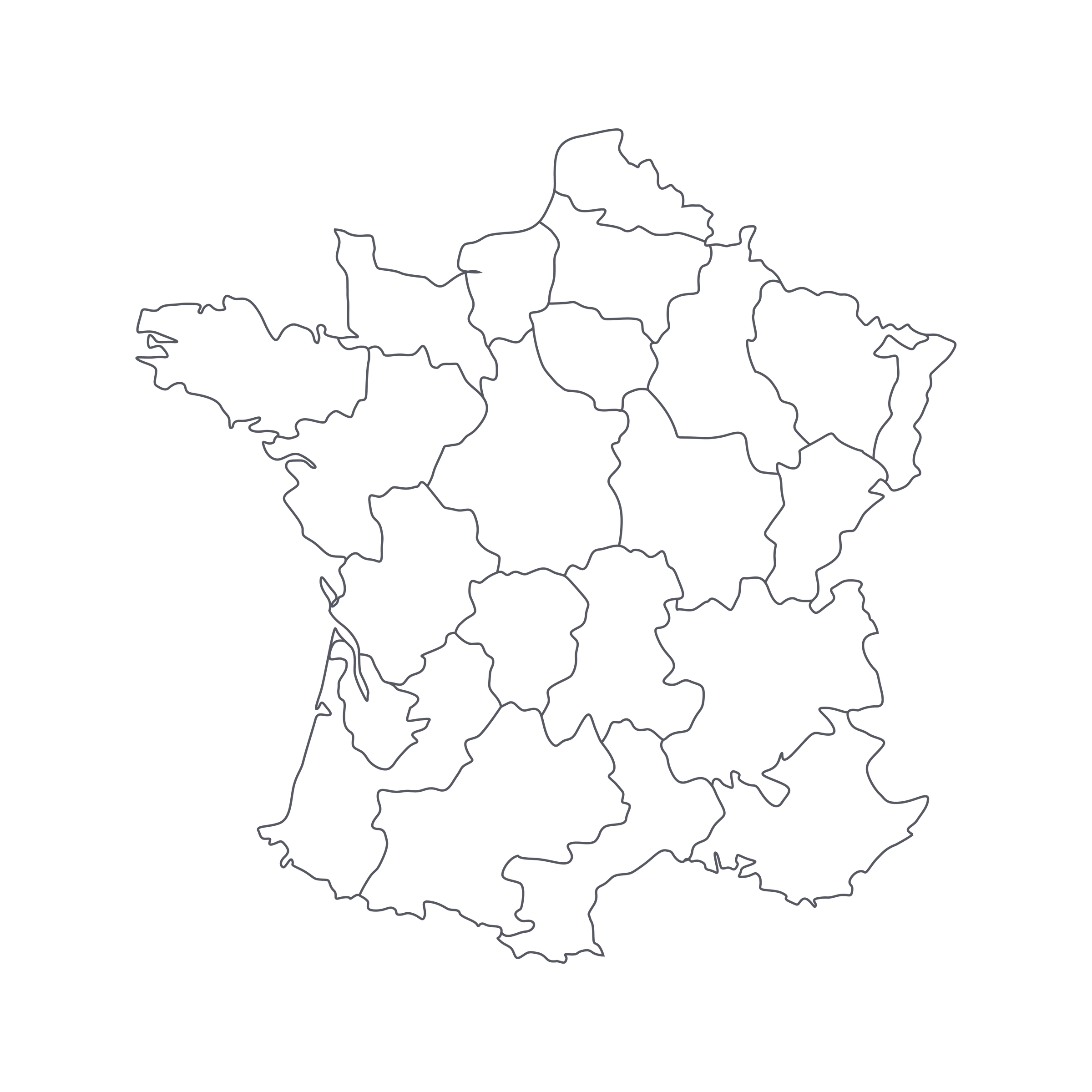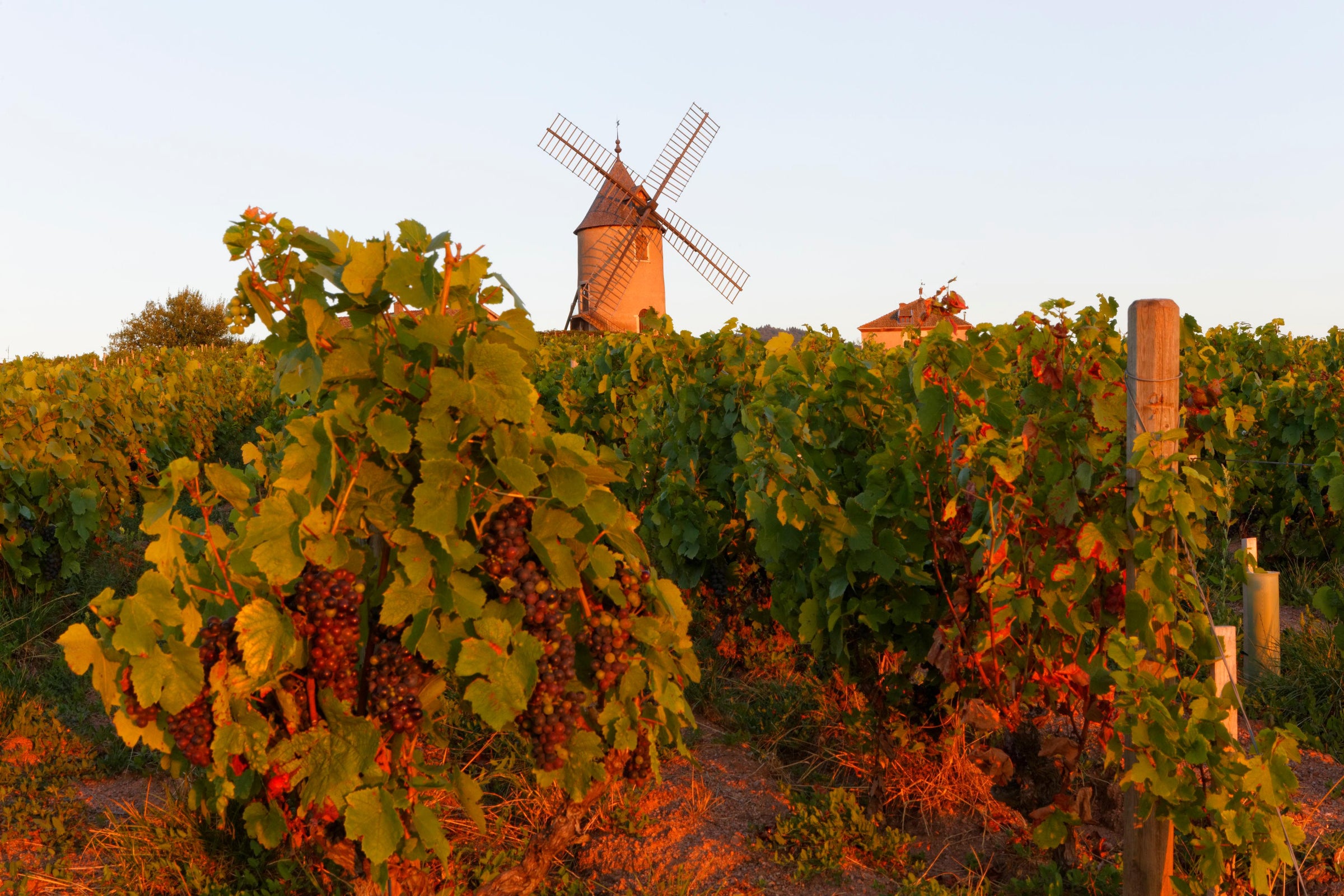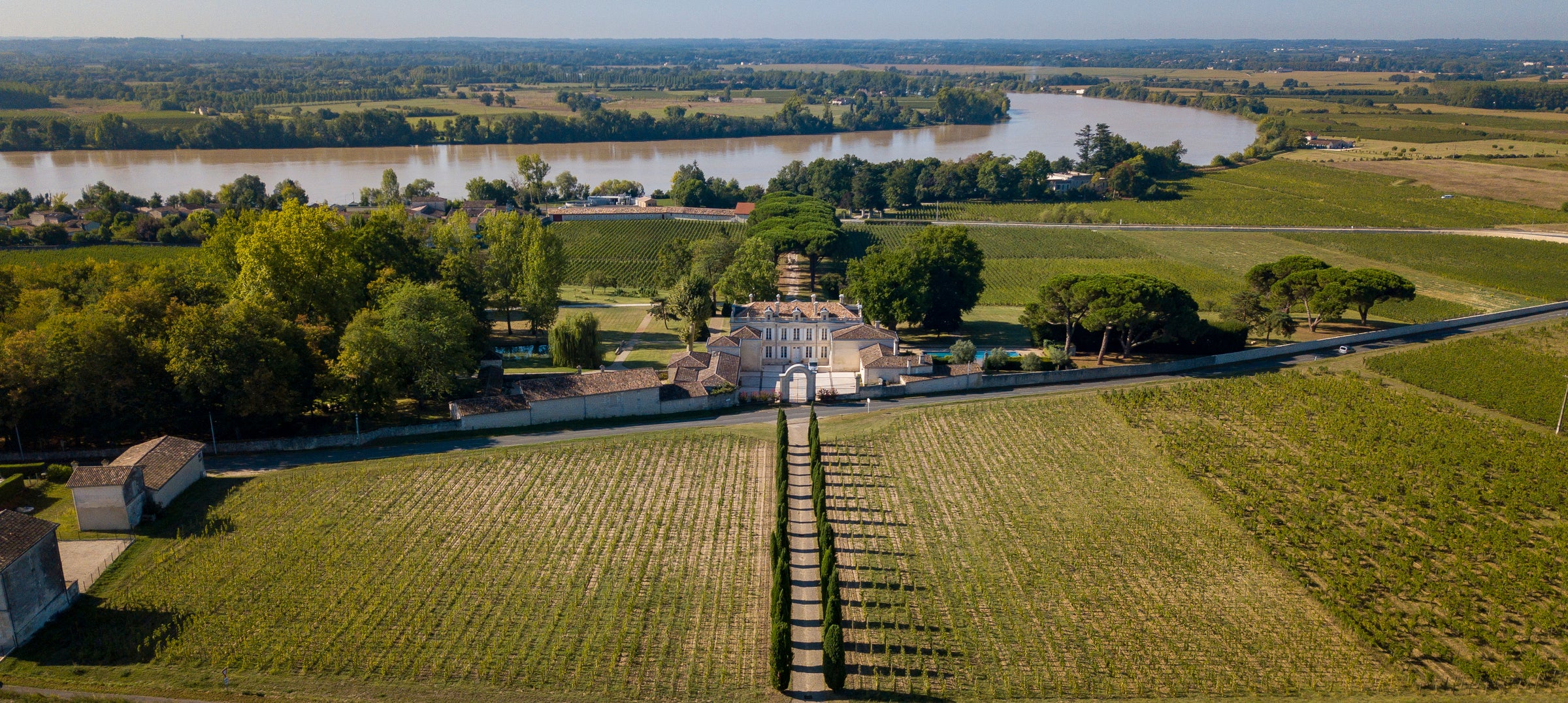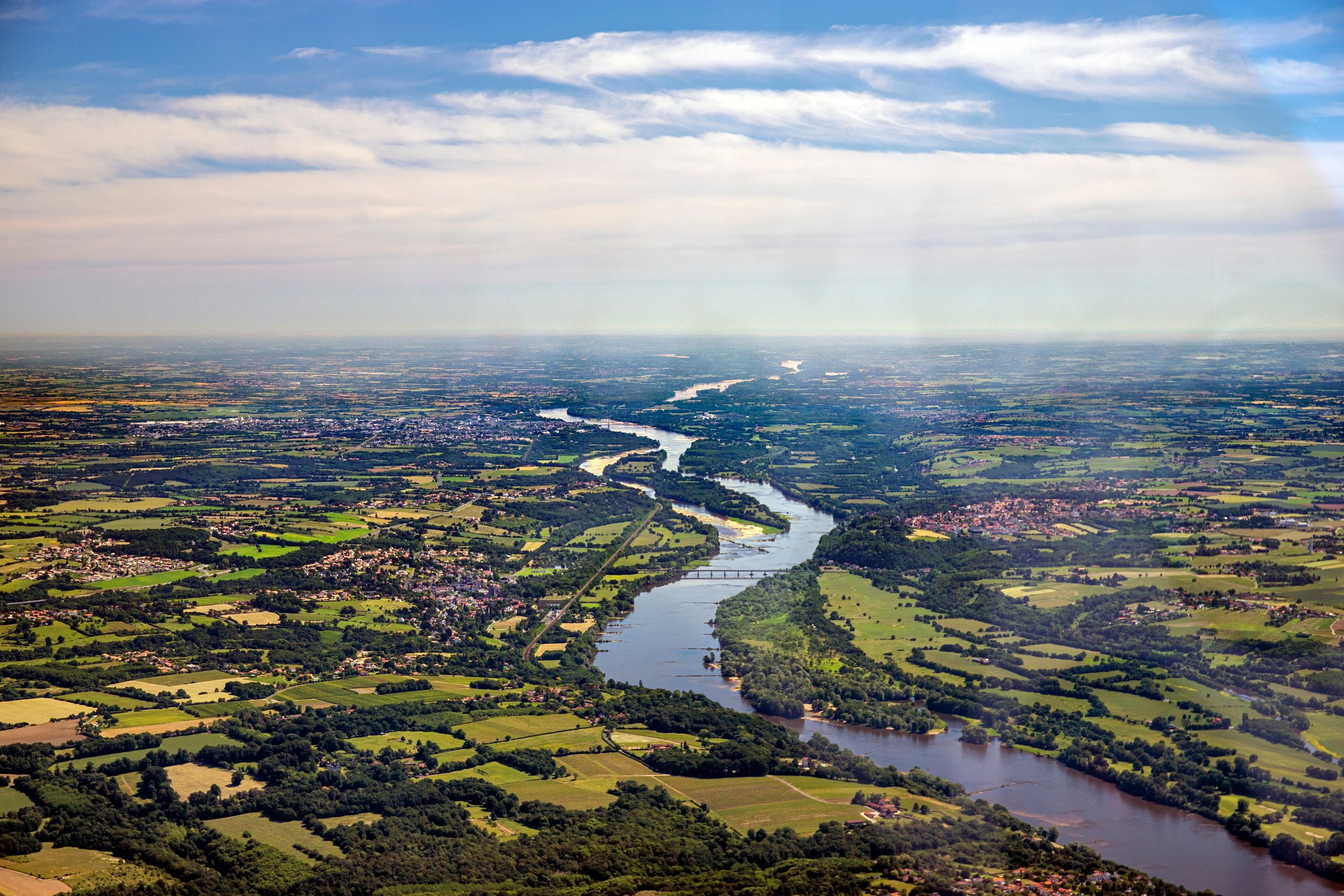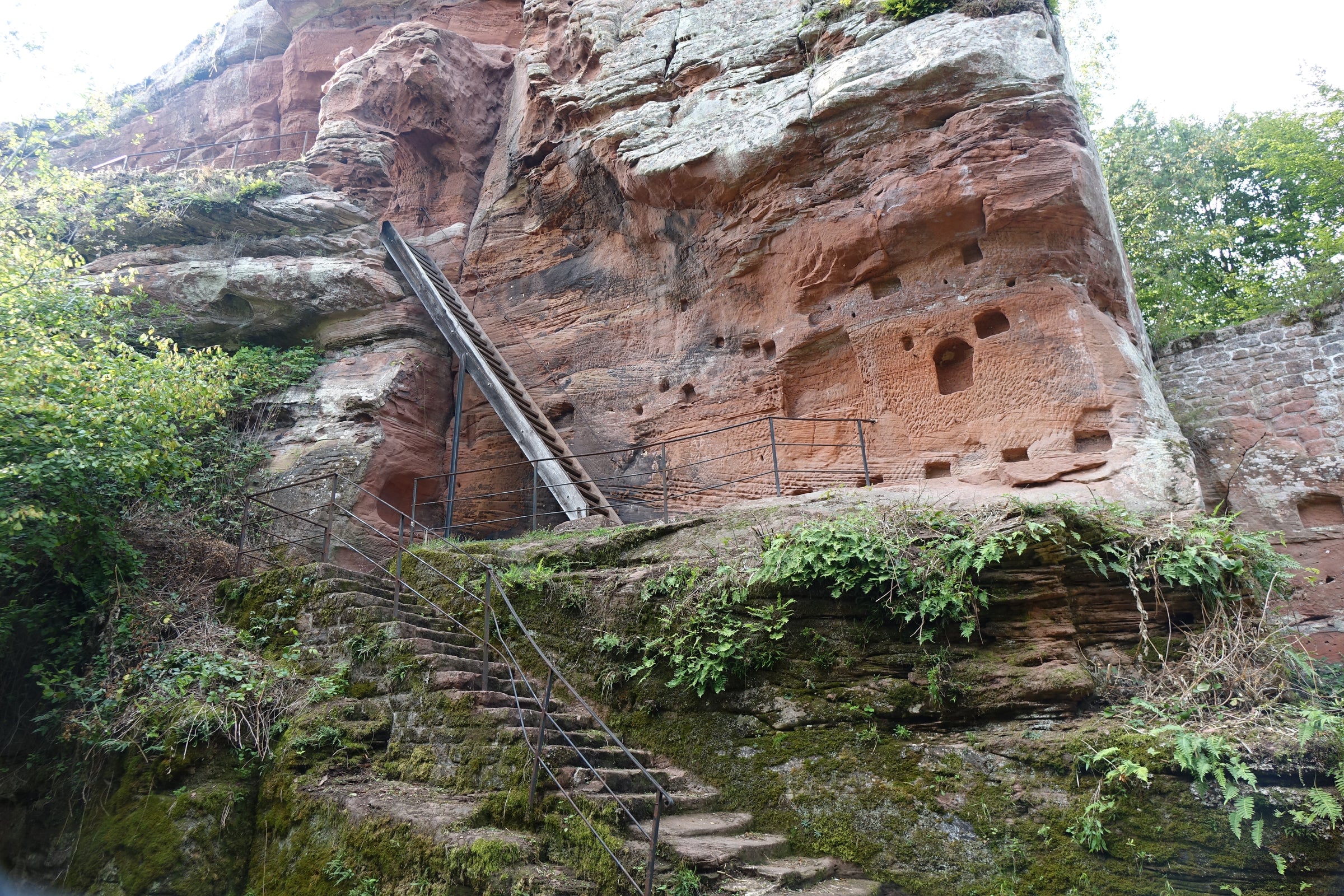I’ve been lucky enough to visit the catacomb-like cellars of Remoissenet on several different occasions—and, like today’s wine, it never gets old! My most recent visit was with my SommSelect colleagues back in March, when we were hosted by Remoissenet’s highly entertaining estate manager, Bernard “Bernie” Répolt.
As we wound our way through the cellar, through tunnels that run underneath the streets of Beaune, we got to pick out a few choice back vintages to taste—and naturally, since it’s my compadre David Lynch’s birth year, we opted to re-visit this impeccable 1967 Chambolle-Musigny, which we offered last year after trying it on a previous visit. Like David, this wine is holding up beautifully—a testament to a great terroir, a great house, and perfect storage. The stack of bottles from which our parcel was culled literally hadn’t moved in 50 years. A precious few more are available today, so we must limit purchases to three bottles per customer. If you’re thirsty for more Burgundian history, you can’t go wrong here!
To say that Remoissenet is a historic négociant would be a gross understatement. In 2007, my father and I visited Remoissenet and it was an experience I will never forget. We entered an unremarkable building in the center of Beaune and started down a flight of stairs that seemed to descend in temperature with each step. The vast cave below revealed a winery and cellar, built in the 1300s, which connects to the medieval walls of Beaune itself. In 2005, a new ownership group, which includes the New York real estate developer (and passionate Burgundy collector) Ed Millstein, took over the property, and it has been enjoying a renaissance ever since. Retaining a veteran hand like Bernard Répolt was a smart move: He’s the docent in what is effectively a museum loaded with priceless art.
Today’s wine is, of course, one that will need to be handled with special care. You’ll want to have a two-pronged “ah-so” opener on hand if there are difficulties extracting the cork (which, it’s important to note, is the bottle’s original closure—these wines were not reconditioned before shipment). If you’re using a waiter’s-style opener, insert the worm at an angle rather than straight down, and pull up very slowly. If the cork breaks, don’t worry—just have a fine mesh strainer or some cheesecloth handy to strain out any stray bits.
Thanks to its impeccable provenance, this wine does not fall apart and instantly oxidize upon opening—in fact, it can handle a decanting for sediment, etc. right before service, if you so choose (otherwise, stand it up several hours before opening and pour slowly). In the glass it still displays hints of its original ruby-red at its core, though the overall impression is a tawny orange. Aromas of dried cherries, dried rose petals, toffee, leather, burning autumn leaves, and cedar fill the air immediately, and they persist. The palate is pillow-soft and the finish is quite long and savory, with lots of dried flower/dried herb notes lingering for what seems like minutes. This is a rare treat to savor now, slowly, at 60 degrees in your fanciest Burgundy stems. While it’s certainly a candidate for contemplative solo sipping, a plate of paté-topped toasts would make a nice accompaniment. That’s a soulful, earthy pairing to share with someone special. Enjoy!


